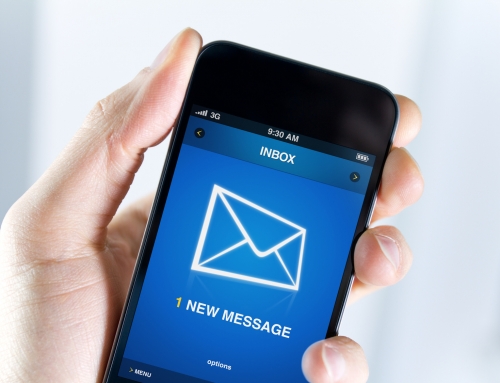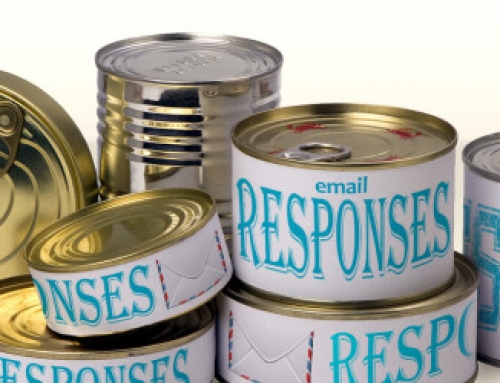Email is becoming an inefficient way to communicate.
Does this sound like you?
- You dread sitting down at your desk to look at email and feel guilty and anxious at the sight of your overflowing inbox
- You stay at your desk longer every day to try to stay on top of your inbox.
- The size of your inbox keeps increasing.
- You have not just emails from your co-workers, clients, friends, and family, but also emails from school lists, notifications from social networks, and newsletters from retailers, vendors, and consultants (including mine! Sign up in the sidebar).
- You have missed important emails.
Unfortunately, it’s all too easy to miss important emails in the clutter. Email is still an important communication tool but email volume continues to increase every year, so it’s no longer possible to treat your inbox like it’s a to-do list that keeps growing and growing.
Some, especially younger people, have turned to texting and messaging services as a more efficient way to communicate.
Some of the advantages of texting include:
- Texts are immediate and personal so you’re more likely to see them and to respond.
- Through your cell phone, you’re nearly always connected to the cell network, so you’ll see your text messages on the go.
- Texts are usually short and easy to deal with.
- Texts don’t usually have attachments that you have to open, read, and organize.
- Everyone with a cell phone can receive a text without special software.
Some of the disadvantages of texting include:
- Can’t share documents through texting (although I would argue that sharing is better served through cloud services, not email).
- Your text messages are not organized, so you can’t go back and find something.
- Texts are more intrusive than email.
Texting is great for a quick one-on-one conversation, but for groups, you need a better interface to add/remove members, search, and archive.
Messaging apps like Facebook Messenger, Snapchat, What’s App, and WeChat have many of the advantages of texting but work better for groups. (The main disadvantage is that your groups need to be all using the same app.)
This Wired article is a great place to learn about what’s being used right now for messaging apps for personal use: Time to Ditch Texting . For business use, the runaway winner right now is Slack.
Slack is for business teams and it’s more than just messaging. There are all kinds of app integrations for Slack and you can share documents, schedule meetings, create to-dos, etc. If you have a team at work or you collaborate with others on projects, then you should check out Slack.
You can’t get away from email completely. You’ll still need it to communicate with partners, vendors, schools, teachers, and all sorts of people. You can read my blog post here about how to stay on top of email: 4 Steps to Becoming More Responsive.
SUBSCRIBE TO MY NEWSLETTER
Get the “Controlling the Chaos” Newsletter and receive a free PDF download
“Drowning in Email – A Lifeline for Communications Overload”










